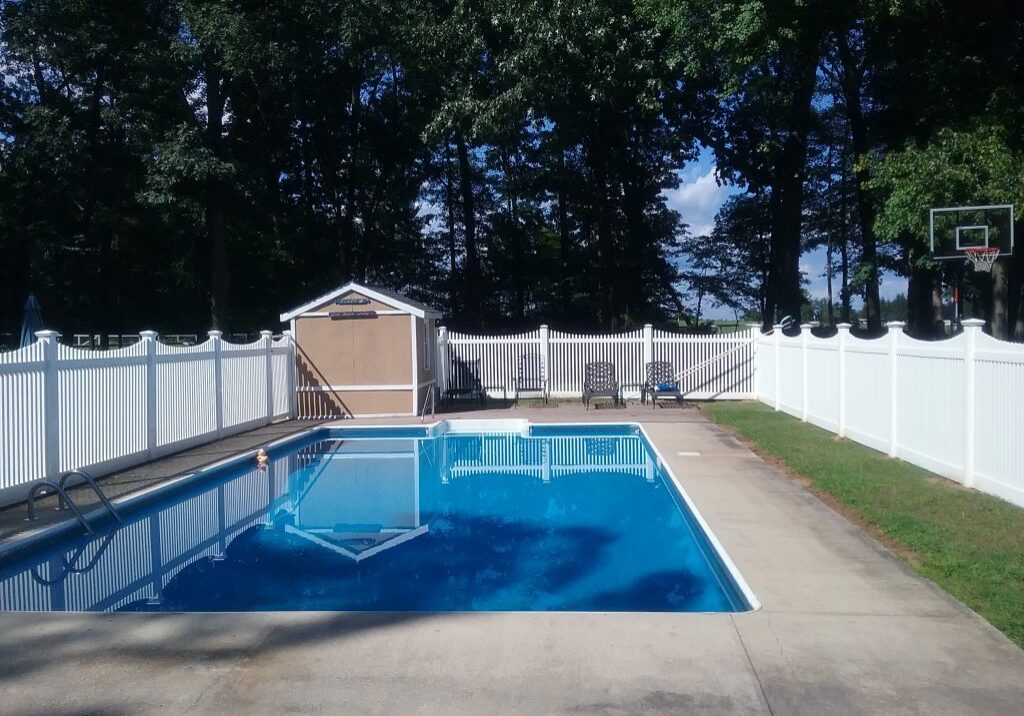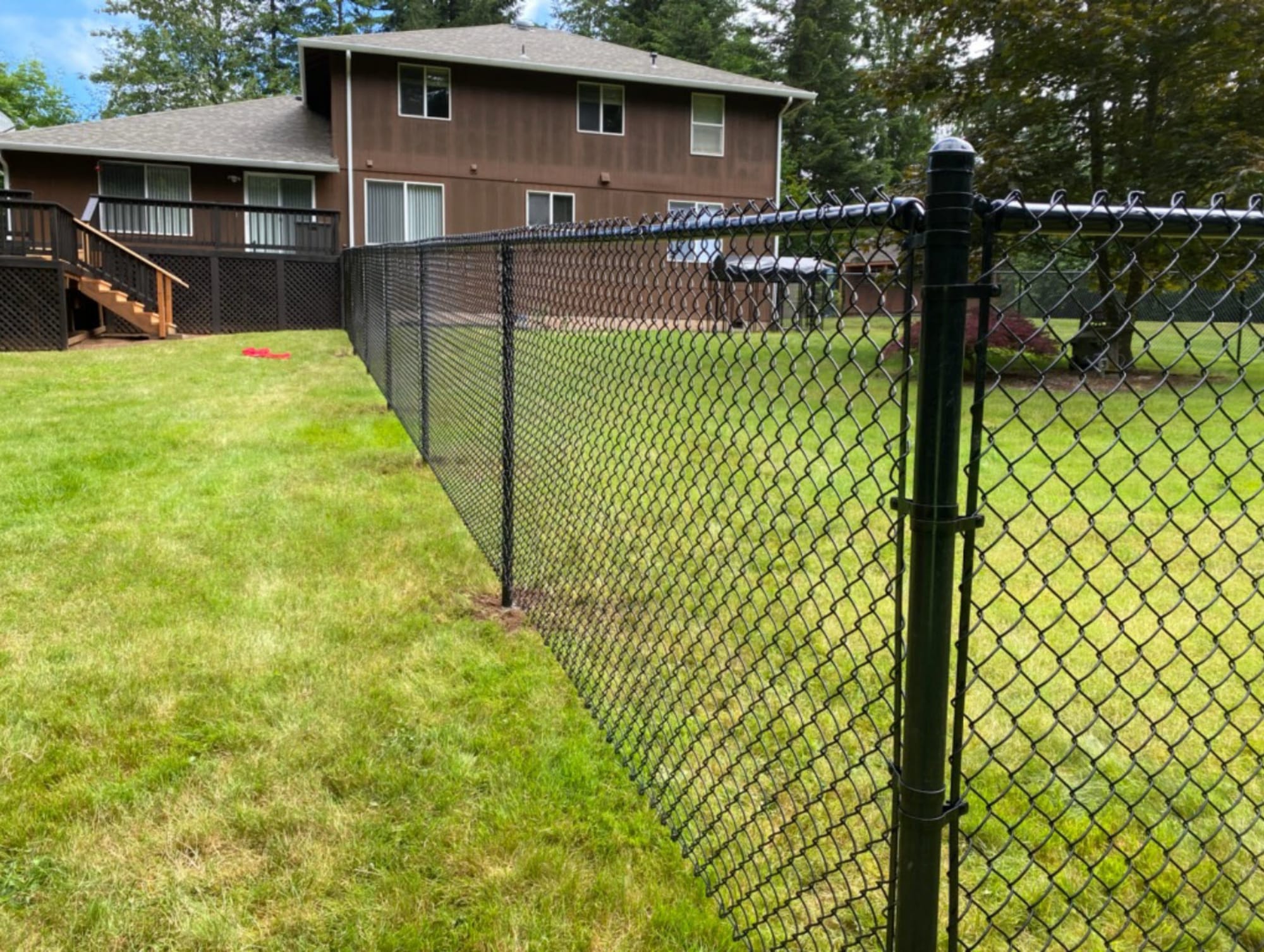All Categories
Featured

Wood fences are a popular choice for homeowners due to their natural elegance and flexibility. To keep your fencing looking excellent and functioning well, routine maintenance is vital. One of the most crucial jobs in fence maintenance is determining just how commonly to stain the wood or paint. The appropriate maintenance routine can assist shield your fencing from the components, prevent damage, and prolong its life expectancy. When it's time to repaint or tarnish your wooden fence., below's an overview to help you determine.
Aspects Affecting Painting or Staining Regularity. A number of key aspects determine exactly how commonly you should repaint or stain your wood fence. These include the kind of timber, the climate in your area, and the degree of direct exposure your fencing needs to the components.
- Environment and Weather Issues. The climate where you live plays a considerable function in how promptly your fence will use down. Severe weather such as extreme sunlight, hefty rain, or freezing temperature levels can speed up the damage process.
Sunny Climates: In areas with whole lots of sunshine, UV rays can cause the timber to dry, fade, and crack. Because of this, you might need to paint or restain your fencing every 2 to 3 years to stop damages. Rainy or Humid Areas: In locations where rain and moisture are frequent, wood fencings absorb dampness, which can result in bending, deteriorating, or mold development. Normal staining is required in these regions, typically every 1 to 2 years. Cold Climates: Icing up temperature levels and snow can cause the paint or stain to peel off. You might require to refresh the finish every 3 to 5 years to keep your fence in excellent condition if your area experiences chilly winters. 2. Kind of Wood. The timber types used for your fence will certainly likewise establish the frequency of paint or staining. Hardwoods often tend to be a lot more durable than softwoods, and each sort of timber reacts in a different way to paint or stain.
Cedar and Redwood: These woods are normally immune to rot and pests, but they can shed their color in time as a result of UV exposure. Staining or securing these sorts of wood every 2 to 3 years assists maintain their appearance. Pine and Fir: These softwoods are more at risk to dampness damages and call for even more frequent upkeep. You may need to restain or repaint these fences every 1 to 2 years to maintain them protected from the elements. Pressure-Treated Timber: While pressure-treated timber is designed to withstand rot, it still requires to be tarnished or secured to stop wetness absorption. A fresh layer of tarnish or sealant might be required every 2 to 3 years. 3. Discolor vs. repaint. Whether you repaint or stain your fencing can significantly influence the upkeep schedule.

Paint: Paint provides a solid layer of protection that blocks moisture and UV rays. It can peel, fracture, or fade over time, particularly with long term direct exposure to the elements. Normally, a repainted fencing requires to be painted every 3 to 5 years. Tarnish: Stain soaks right into the wood and provides a more natural appearance while still providing defense. Tainted fencings have a tendency to show put on extra quickly than repainted ones, as the discolor can discolor or get rid of. You will likely require to restain your fencing every 2 to 3 years, depending upon the exposure to sun and rainfall. 4. Visible Indicators of Wear. While a general upkeep schedule is practical, you must likewise keep an eye on the problem of your fence to establish when it's time for a fresh layer of paint or discolor. Search for these signs:
Discoloring or Staining: If your fencing has shed its original shade or has actually come to be grey and weather-beaten, it's time to reapply a paint or discolor to restore its appearance. Cracking or peeling: If the paint or discolor starts to peel or split, it's a clear indication that the protective layer is no more doing its work. This can cause water damage, so it is essential to resolve it asap. Water Absorption: Conduct an easy water test by spraying some water onto the surface area of the fence. The fence is still sealed if the water grains up. If the water takes in, it's time to restain or paint. 5. Proper Maintenance Techniques. For the best results, it is necessary to prepare the wood effectively before painting or discoloration. Start by cleansing the fence to eliminate mold and mildew, mildew, or dirt. Fix any kind of damages, such as fractures or loosened boards, to make certain the fence remains in excellent condition before using a fresh layer.

Choose a dry, mild day for painting or discoloring to stay clear of the coating drying out too rapidly or unevenly. Constantly apply paint or discolor according to the producer's guidelines, and enable adequate drying out time in between layers.
Verdict. In basic, wood fences must be repainted or stained every 2 to 3 years, depending on the environment, type of timber, and exposure to the components. Whether you pick to stain or repaint, regular maintenance will certainly safeguard your fence from the weather condition and maintain it looking lovely for years to come.
Latest Posts
Secure and Enhance Your Home with Weathercraft's Home siding Solutions
Published May 10, 25
1 min read
Discover Trusted Eye Care Solutions in the Dothan Area with Eye Center South
Published May 10, 25
1 min read
Restore with Eye Surgery in Your Area at Eye Center South
Published May 10, 25
1 min read
More
Latest Posts
Secure and Enhance Your Home with Weathercraft's Home siding Solutions
Published May 10, 25
1 min read
Discover Trusted Eye Care Solutions in the Dothan Area with Eye Center South
Published May 10, 25
1 min read
Restore with Eye Surgery in Your Area at Eye Center South
Published May 10, 25
1 min read